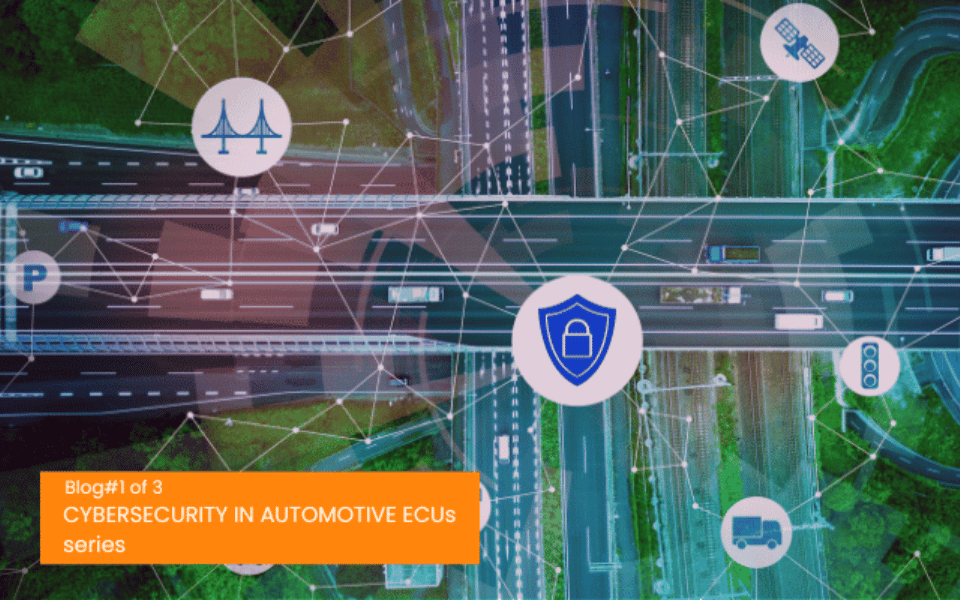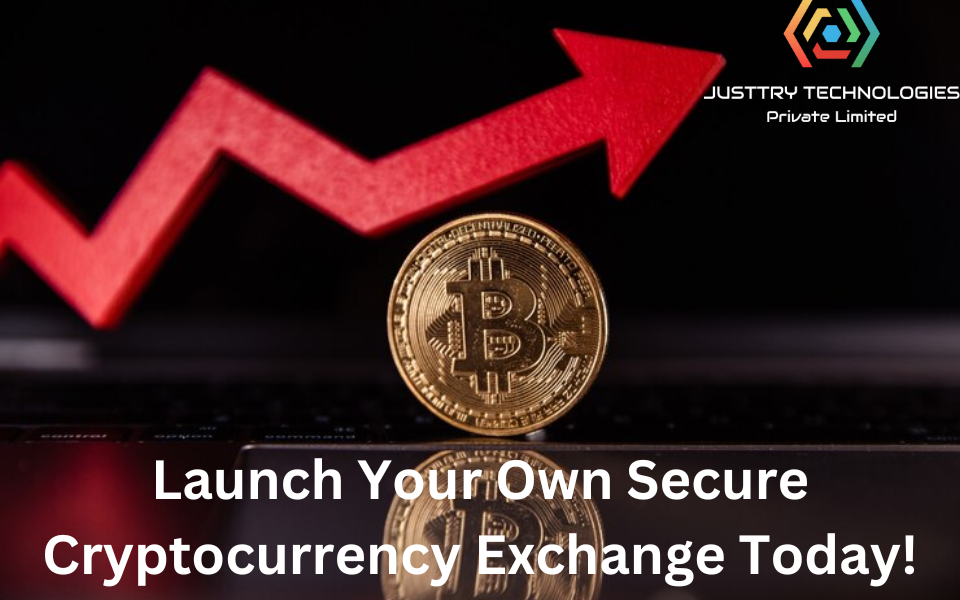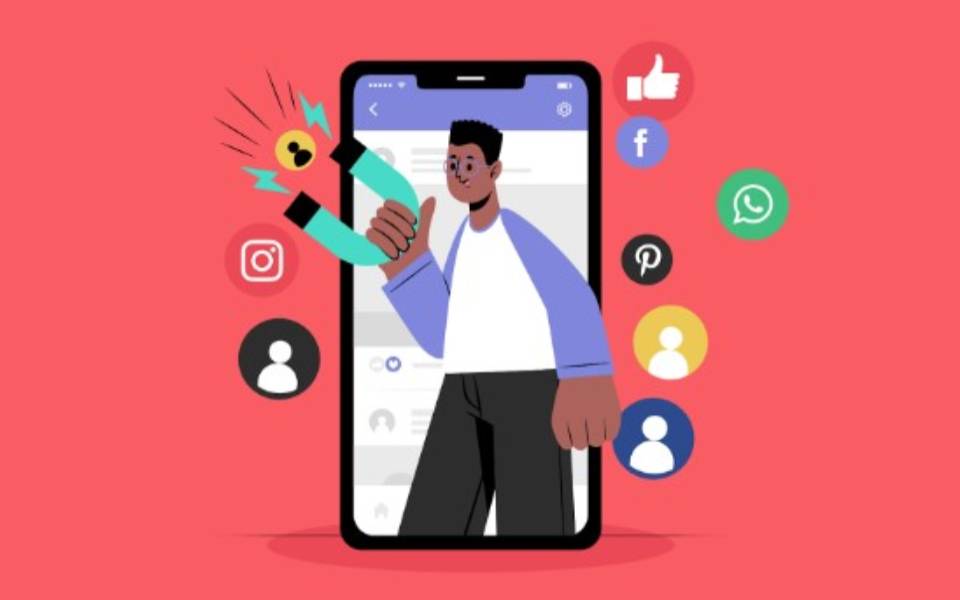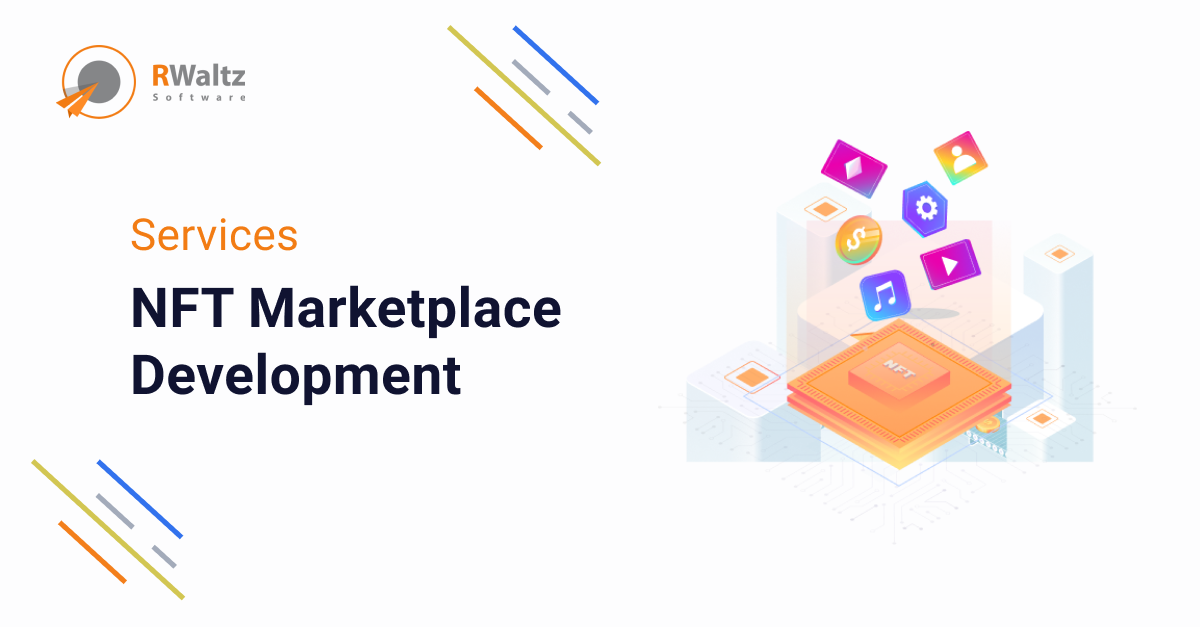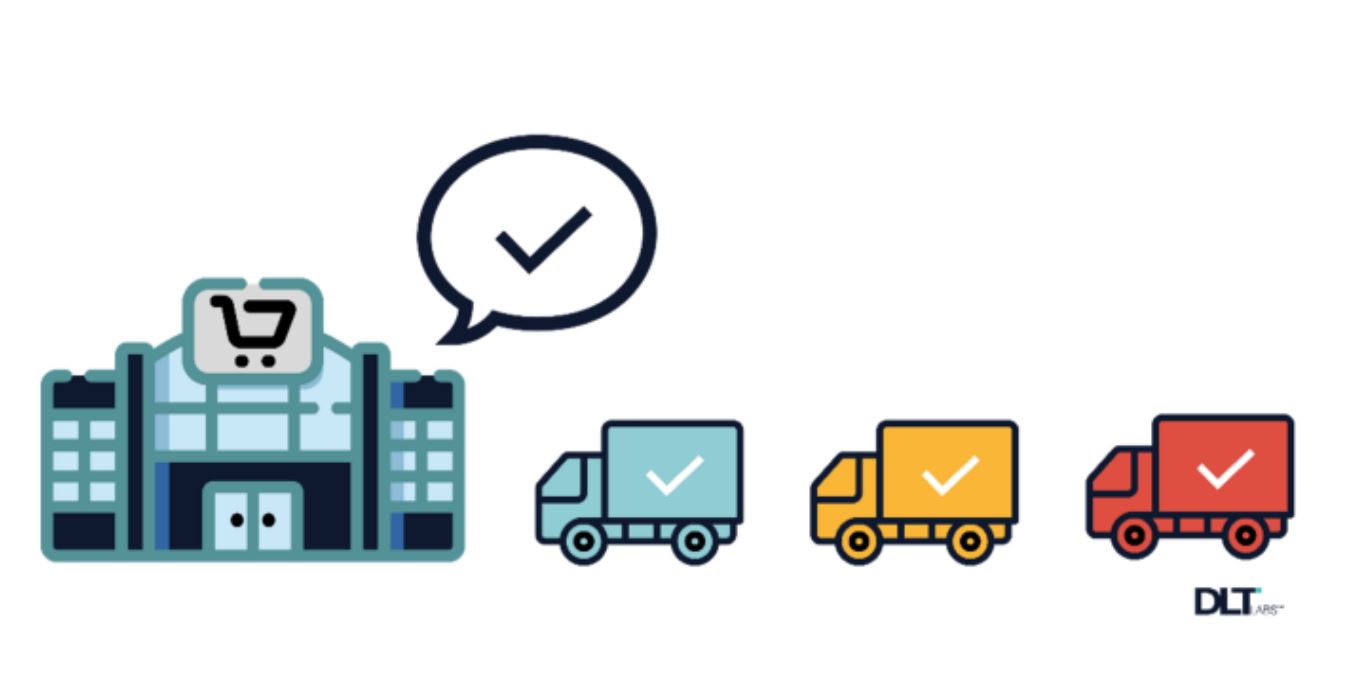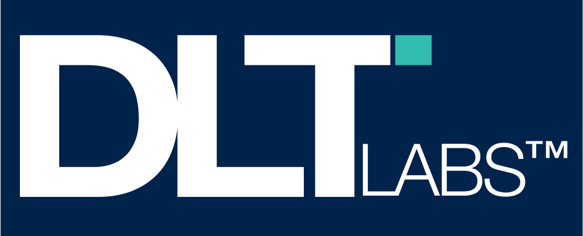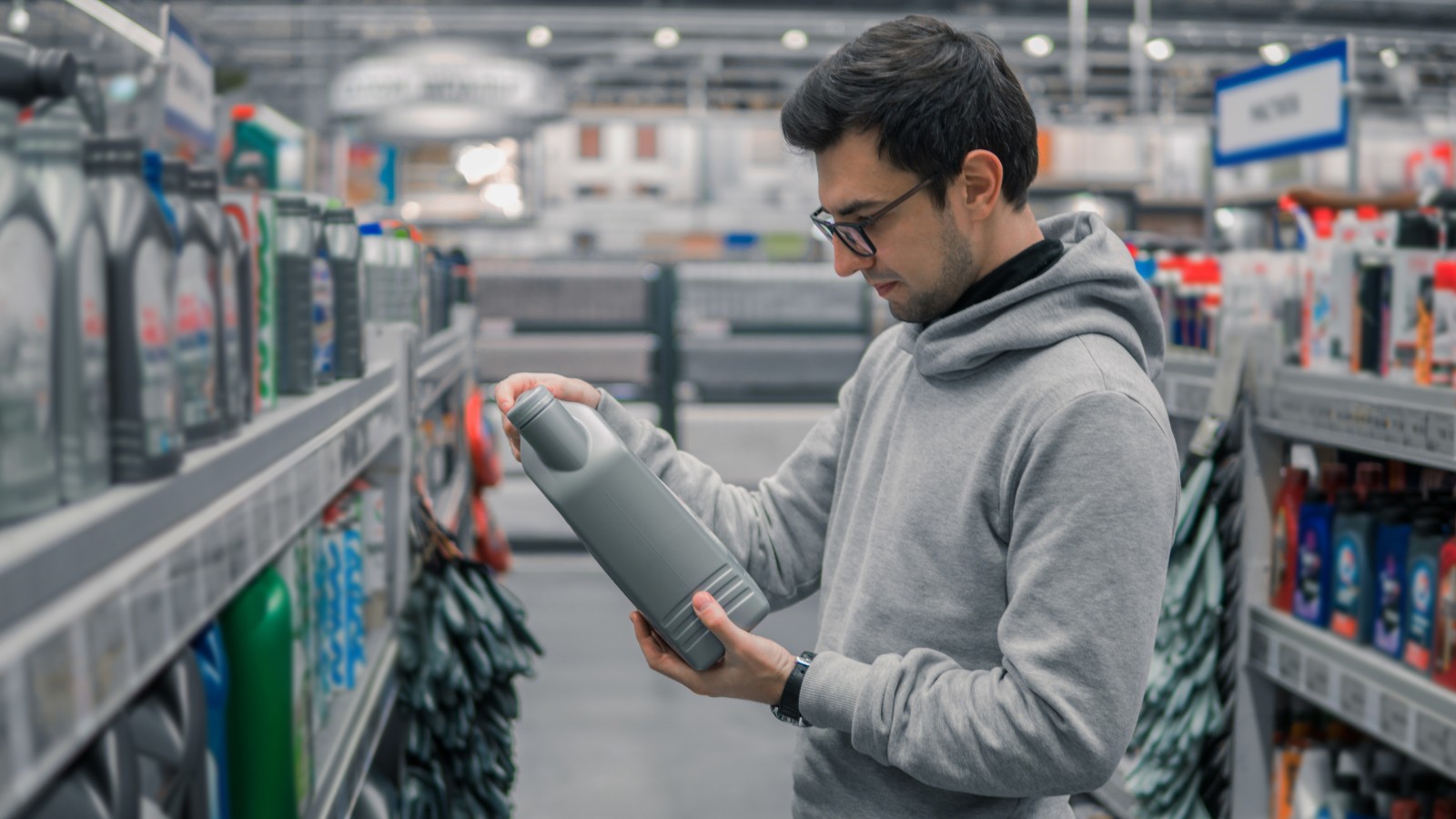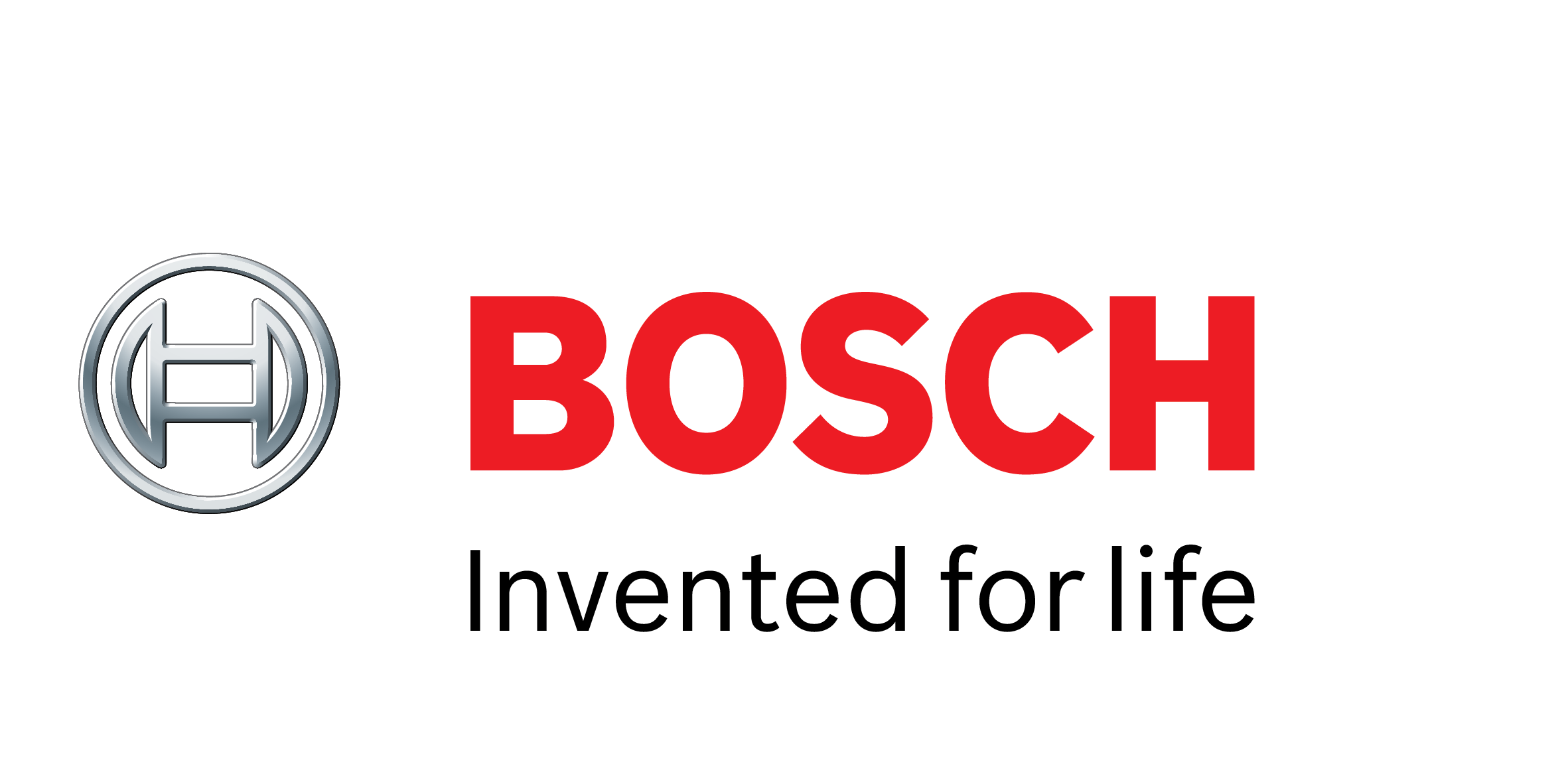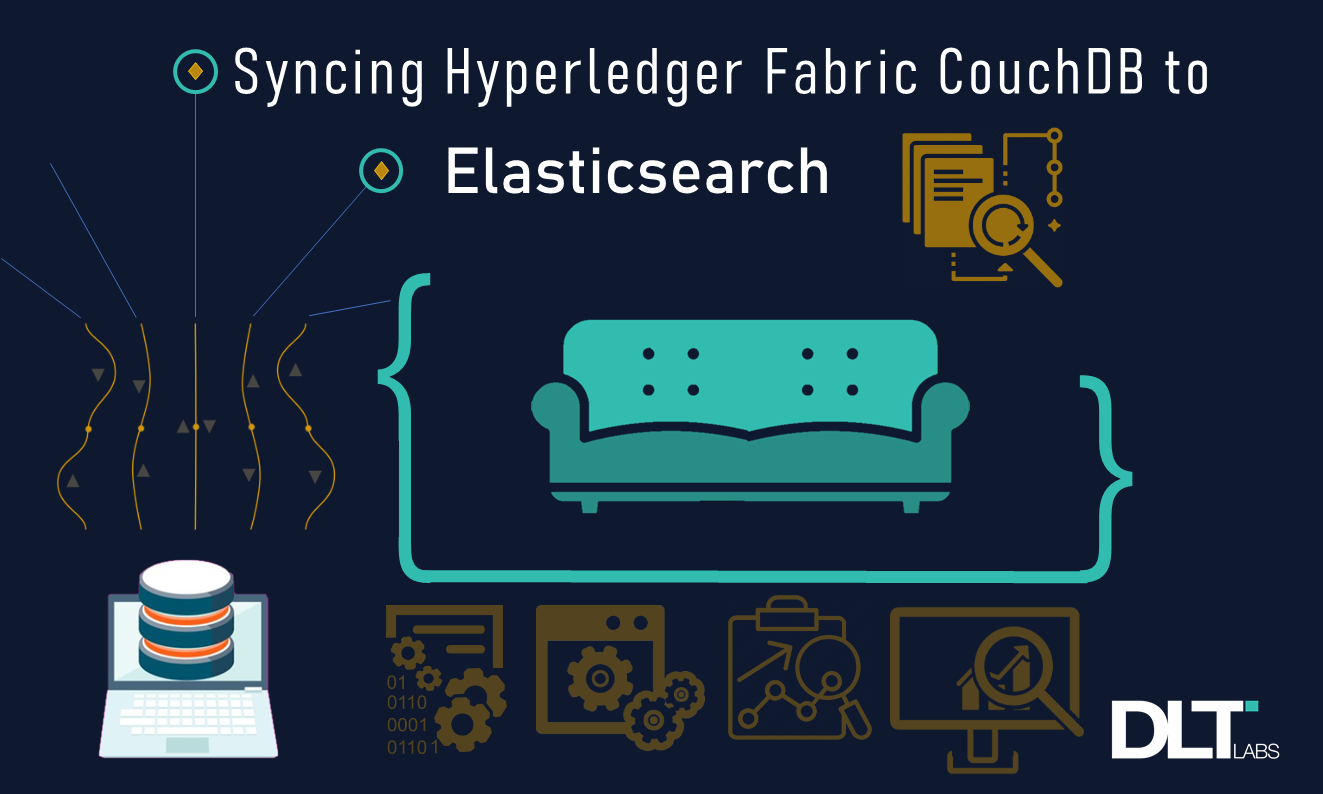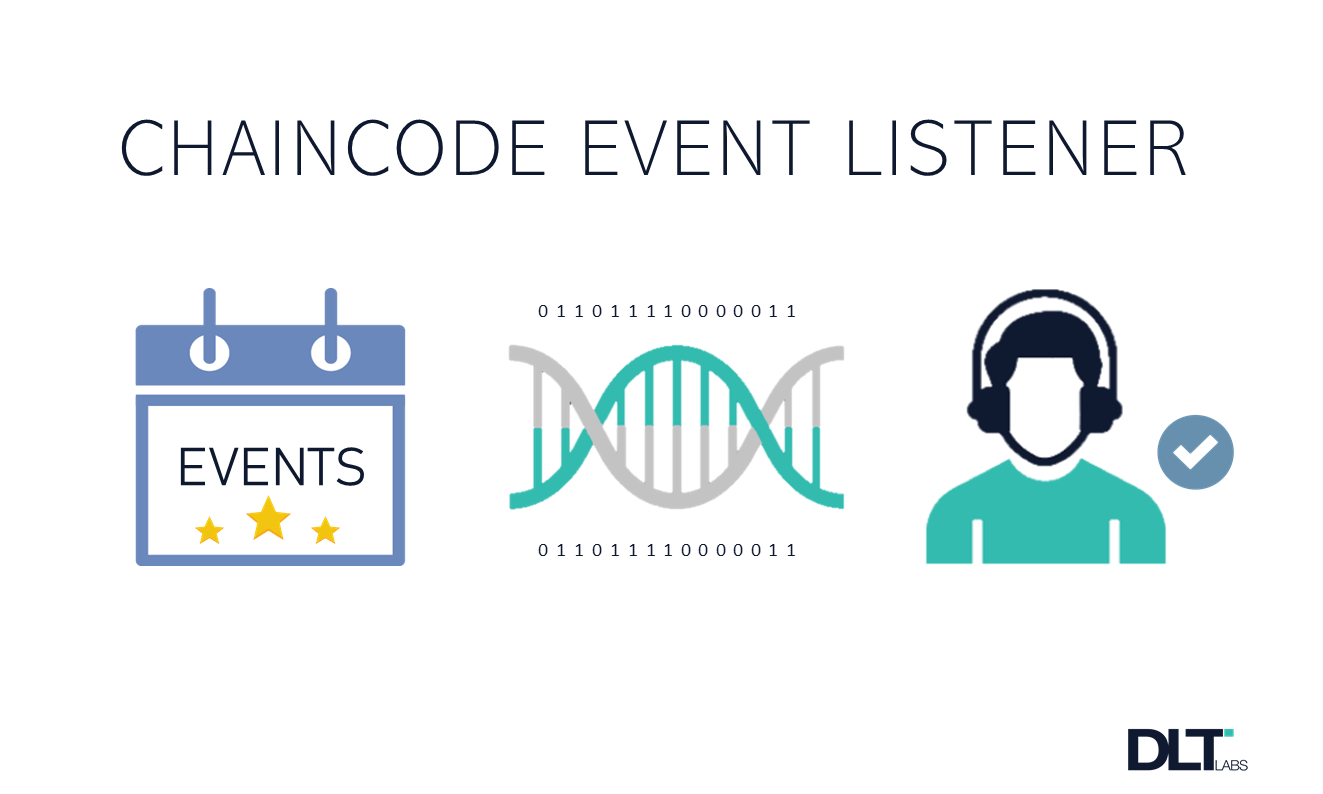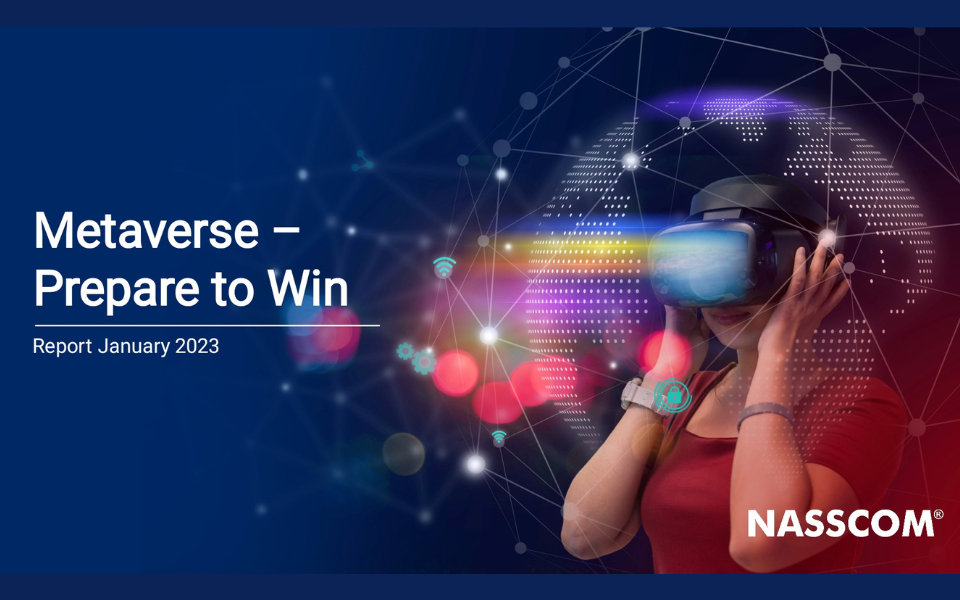This article is authored by Hadley Stern, SVP and Managing Director at Fidelity Labs. He is responsible for Fidelity’s blockchain and digital asset incubator.

For nearly four years, I have been deeply involved in our exploration of Bitcoin and blockchain technology at Fidelity Investments. Our interest began in 2014, and has grown into a dedicated team that is researching and experimenting across different parts of our business.
Our journey is an exciting one. It has been difficult at times for me, but I have grown through the people I’ve met and the discoveries we have uncovered along the way. It can be daunting for me or any member of our team to take on a new challenge that is uniquely complex, specifically in an area that remains largely misunderstood. We used a three-step approach that I will explain in some detail for anyone who is looking for a way to get started exploring blockchains in their own organization. First, a bit more about how we developed this work.
Four Years of Research
In 2014, a group of senior leaders at Fidelity were exploring several emerging scenarios in financial services. The concept of frictionless capital markets was particularly intriguing, and we began exploring it with our external collaboration partners.
The idea that the involvement of financial intermediaries could decrease, or even become eliminated, over time was a compelling emerging theme for us. At that point, the group did not seek to make predictions, but saw enough potential to seek more information.
By this time, much had been published in academic and other circles about Bitcoin and its underlying technology, the blockchain. However, in large financial institutions and throughout our industry, little was being discussed publicly around this technology and its potential to change the way we create, store and transfer value.
I was invited to lead our effort in Fidelity Labs to explore these innovations that allowed for the digital movement of value without any central authority. Much of what we looked at early on evoked parallels to the earliest days of the Internet, where an open protocol enabled unlimited potential for the exchange of information and ideas.

As this research progressed, we established the Fidelity Blockchain Incubator in 2015, creating a dedicated team to experiment with blockchain technologies and a number of digital currencies, such as bitcoin, ether and Litecoin.
Early Exploration
I am often asked how we got started. The tech was very new and was not easily understood. Many in our industry were skeptical and the earliest proponents were spread out around the globe.
I like to think of myself as an enthusiastic student of nascent ideas, yet I was a bit of a skeptic myself. I had heard some of the early negative buzz, hadn’t we all? Many said bitcoin was primarily going to be used for nefarious purposes and stories of ransom demands and elicit marketplaces dominated the early news coverage.
Despite the negative attention, people I spoke with were still very passionate about Bitcoin’s potential. It was undoubtedly worth exploring more and we saw enough interest to dive in.
Some of the questions that I sought to answer included:
- How is Bitcoin valued?
- What impact would blockchains and these new digital assets have on the finance industry?
- Would this all impact money as we know it?
- What about the impact on other industries and businesses?
- Could every intermediary essentially be replaced by a Bitcoin-like platform or protocol?
As I explored each of these questions, my eyes were opened and I couldn’t read enough or talk with enough people.
My team helped create Fidelity’s Bits and Blocks Club in June 2015 as an internal learning program open to all Fidelity Investments employees. We encouraged everyone here to learn more about this new technology and how it might impact Fidelity’s customers and clients. Through the club, we host speakers with a range of opinions and ideas and broadcast these events to everyone at Fidelity. This group gets hands on, right alongside my team, which has helped spark new ideas in different parts of the firm, while my team was able to remain focused on creating our initial proof of concepts and executing specific pilots.
Now that we had more people from around the company thinking about this and the dedicated team building specific pilots, it was time to deploy a proven three-step method we’ve used at Fidelity Labs when exploring emerging technologies:

1. Research
Blockchain and digital assets can take a while to fully understand and you really need to be willing to read, listen, and experiment. When tackling any complex topic, I begin with reviewing and discussing the topic with credible sources whom I really trust.
We expanded several of our existing collaboration relationships with forward-thinkers, such as the Ideo Co-Lab and the Institute for the Future, and we joined working groups across the industry and academia, with organizations including Harvard University, University College London, The MIT Media Lab, and IC3. We paired this outside knowledge with our own analysis.
We also conduct user research with Fidelity clients and customers to gain an understanding of their interest and activity in this area, which has helped inform our pilots.

2. Experiment
The experimentation I’m leading is part of a cross-Fidelity effort to explore and test ways to apply blockchain technologies to our business. When we started to explore the possibilities for capital markets, we started with the obvious pain points, specifically money movement, transactions, and payments. This really caught my interest as there was a lot of speculation about the day-to-day usefulness of digital assets.
We built a protocol to accept bitcoin in our employee cafeterias to test the transaction protocol. This early proof of concept was interesting work, but we ended up with just over one hundred transactions.
We had tried to create something new and solve a problem in an innovative way, but the price of bitcoin was rising during this experiment, and some of our testers told us they didn’t want to buy coffee in the morning with something they could wait and use to pay for lunch in a few hours.
In this experiment, we observed the challenges of Bitcoin as a utility, while so many in our user group saw it as an asset with value. What my team learned from the experience has helped us in our other projects.
Be willing to build a prototype, put it in front of users, test it and learn from their feedback, then do it all over again.
I am often asked about our bitcoin mining rig. We stood up a mining operation as a learning experiment. What better way to learn about blockchain, than to dive right into mining?
One of the pilots for which I am most proud is our work to make it possible for Fidelity Charitable® donors to fund their philanthropy with charitable contributions of bitcoin and ether. Donors are now able to tap into a whole new asset class to support their favorite charitable causes. You can read more about this project in my earlier article, “Giving Back by Giving Bitcoin”.
Through experimentation, we are learning about blockchain, while diving deeper on bitcoin and other digital assets as an asset, protocol, and investment.

Be willing to challenge the conventional way of doing things. Provoke your team?—?and yourself?—?to continuously make changes and improvements.
3. Learn
My team has been hands on with these technologies for several years now, and this work has involved people from across Fidelity. At every level, we’ve learned all about hashing, we’ve dissected the underlying concept of a blockchain, and we’ve met with outside academics and the people leading this revolution.
Build a team with the right people, from inside and outside your organization, and then challenge them to stretch and learn. Run experiments. Never stop learning. Don’t shy away from complex ideas.
The Work Continues
Our exploratory work has evolved from initial research, to employee and customer pilots, to integration with Coinbase on Fidelity.com. We will continue our research into blockchain and digital assets and bring more pilots to investors.
What could all of this mean for financial services? Customer demand for information, guidance, and products and services in this area is high. We understand some interest may be price-driven, but we also recognize that much of the queries we receive are from passionate hodlers who want to see us evolve our way of working to meet their changing needs. I’m excited to keep you updated here on the developments we have in store for innovative investors.
This article was originally published here and is republished with permission from the author.








